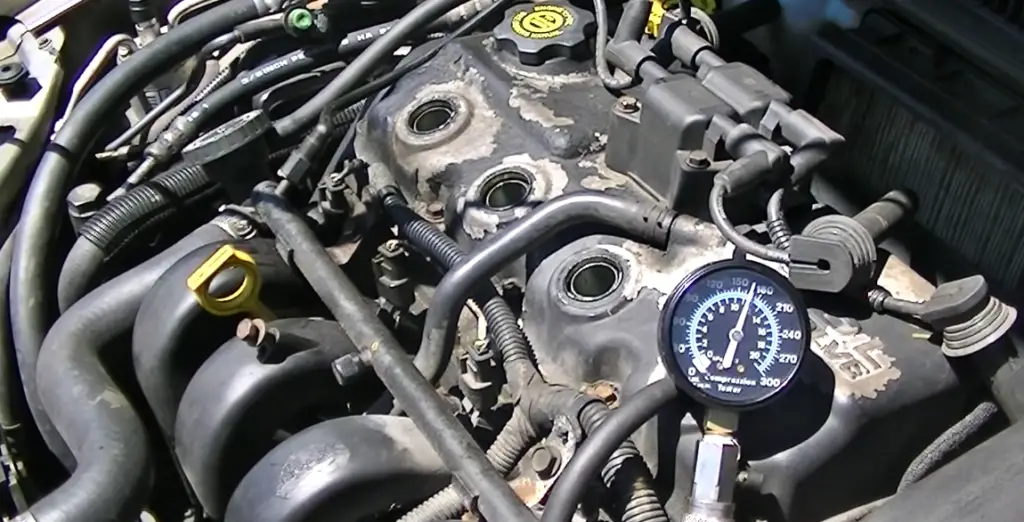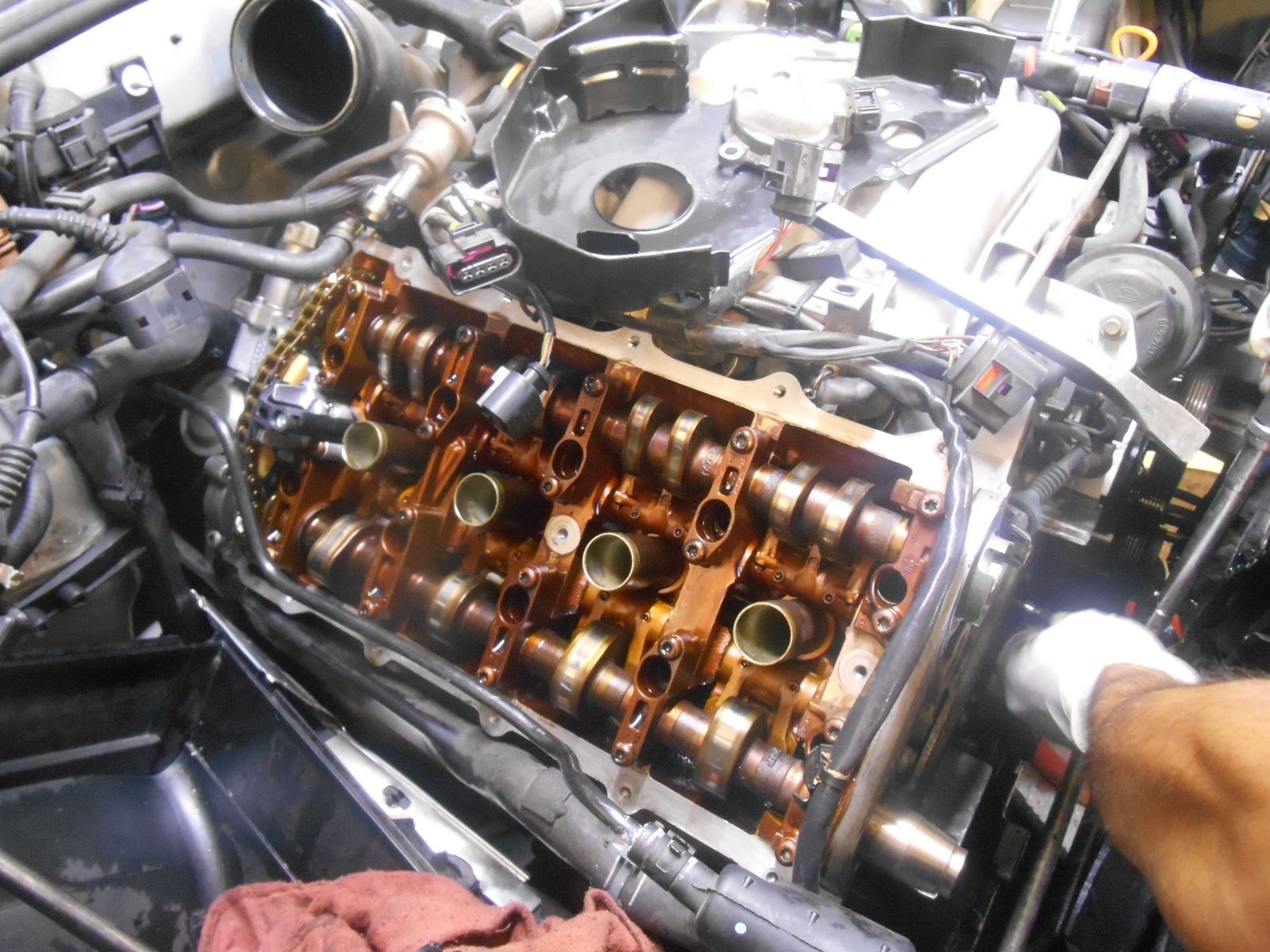The P300 code indicates a random or multiple cylinder misfire, meaning the engine control module has detected that one or more cylinders are not firing correctly. Common causes include faulty spark plugs, ignition coils, fuel delivery issues, or vacuum leaks. This can lead to rough idling, poor acceleration, and increased fuel consumption.
The P300 code is a diagnostic trouble code (DTC) that signifies a random or multiple cylinder misfire detected by the engine control module. When this code appears, it means that one or more cylinders in the engine are not firing properly, which can lead to poor engine performance, increased emissions, and potential damage if left unaddressed. Understanding the causes and symptoms of the P300 code is crucial for effective diagnosis and timely repair to ensure your vehicle runs smoothly and safely.

Contents
What is the P300 Code?
The P300 code is a generic diagnostic trouble code (DTC) used by the engine control module (ECM) to indicate that it has detected a random or multiple misfire in one or more cylinders. The term “random misfire” means that the ECM is unable to determine which specific cylinder is misfiring or that multiple cylinders are misfiring intermittently. This code can be triggered by various factors, making it one of the more challenging issues to diagnose and fix.
Engine Misfires
An engine misfire occurs when one or more of the engine’s cylinders fail to ignite the air-fuel mixture at the correct time. This can result in incomplete combustion, leading to reduced power, increased emissions, and potential engine damage. Misfires can be caused by issues related to the ignition system, fuel system, or mechanical problems within the engine itself.
Common Causes of the P300 Code
Several factors can cause a P300 code, including:
- Faulty Spark Plugs or Ignition Coils: Worn-out or damaged spark plugs and ignition coils are among the most common causes of misfires. If they are not functioning correctly, they can fail to ignite the air-fuel mixture in the cylinder.
- Fuel Delivery Issues: A clogged fuel injector, low fuel pressure, or a failing fuel pump can cause inconsistent fuel delivery to the cylinders, resulting in a misfire.
- Vacuum Leaks: An intake manifold leak or other vacuum leaks can disrupt the air-fuel mixture, leading to a misfire. This can cause the engine to run lean, meaning there is too much air and not enough fuel.
- Engine Timing Issues: Problems with the timing chain or belt, camshaft position sensor, or crankshaft position sensor can affect the engine’s timing, leading to misfires.
- Mechanical Problems: Issues like low compression, damaged valves, or a faulty head gasket can cause misfires in one or more cylinders.
- Faulty Oxygen Sensors or Mass Airflow Sensor: These sensors help the ECM regulate the air-fuel mixture. If they are not working correctly, they can cause an incorrect mixture and lead to misfires.
- ECM Issues: Although less common, a malfunctioning engine control module can also trigger a P300 code.
Symptoms of the P300 Code
The P300 code can be accompanied by various symptoms, depending on the severity and frequency of the misfires. Common symptoms include:
- Check Engine Light: The most obvious symptom is the illumination of the check engine light on the dashboard.
- Rough Idling: The engine may feel rough or unstable when idling, with noticeable vibrations.
- Engine Stalling: Severe misfires can cause the engine to stall unexpectedly.
- Poor Acceleration and Performance: You may experience a lack of power, hesitation, or jerking during acceleration.
- Increased Fuel Consumption: Misfires can lead to incomplete combustion, resulting in higher fuel consumption.
- Exhaust Odors or Smoke: Unburned fuel may produce a strong odor or visible smoke from the exhaust.

Credit: www.european-autowerks.com
Diagnosing the P300 Code
Proper diagnosis of the P300 code is crucial to pinpoint the exact cause and prevent unnecessary repairs. Here are the steps typically followed during diagnosis:
- Check for Other Codes: Before diving into diagnostics, check for additional trouble codes that may provide more specific information about the problem.
- Visual Inspection: Inspect the spark plugs, ignition coils, and wiring for signs of damage, corrosion, or wear. Check for vacuum leaks and damaged hoses.
- Scan Tool Analysis: Use an OBD-II scanner to read the freeze frame data and determine the conditions under which the misfire occurred. This can help identify patterns or specific conditions that trigger the code.
- Cylinder Power Balance Test: This test helps identify which cylinders are contributing to the misfire by temporarily disabling each cylinder and noting changes in engine RPM.
- Compression and Leak-Down Test: These tests help assess the mechanical integrity of the engine, checking for issues like low compression or leaking valves.
- Fuel System Test: Check the fuel pressure, fuel injectors, and fuel pump for proper operation and delivery.
- Sensor Testing: Test the oxygen sensors, mass airflow sensor, camshaft and crankshaft position sensors for proper function.
How to Fix the P300 Code
Once the root cause of the P300 code is identified, the necessary repairs can be made. Some common fixes include:
- Replace Spark Plugs and Ignition Coils: If these components are found to be faulty or worn out, replacing them can often resolve the misfire issue.
- Repair or Replace Fuel Injectors: Cleaning or replacing clogged or faulty fuel injectors can restore proper fuel delivery.
- Fix Vacuum Leaks: Replace damaged hoses or repair intake manifold leaks to eliminate vacuum leaks.
- Address Timing Issues: If the timing chain or belt is worn or the sensors are faulty, repairing or replacing these components can correct the timing.
- Repair Mechanical Issues: If a compression or leak-down test reveals internal engine problems, repairs may involve replacing valves, head gaskets, or even performing a complete engine rebuild.
- Replace Faulty Sensors: Replace malfunctioning oxygen sensors or mass airflow sensors if they are causing the air-fuel mixture to be incorrect.
- ECM Replacement or Reprogramming: In rare cases, the ECM may need to be reprogrammed or replaced if it is found to be defective.

Credit: www.way.com
How to Prevent the P300 Code
Regular maintenance is key to preventing the P300 code and other misfire-related issues. Here are some tips to keep your engine running smoothly:
- Regularly Replace Spark Plugs: Follow the manufacturer’s recommended intervals for replacing spark plugs and ignition coils.
- Keep the Fuel System Clean: Use high-quality fuel and consider using fuel system cleaners to prevent clogging of fuel injectors.
- Check for Vacuum Leaks: Periodically inspect hoses and connections for signs of wear or damage.
- Use Quality Parts: When replacing sensors, spark plugs, or other components, use high-quality OEM or equivalent parts to ensure proper function.
- Stay on Top of Regular Maintenance: Regular oil changes, air filter replacements, and scheduled inspections can help catch potential issues before they become serious problems.
Frequently Asked Questions
Here are some FAQs about P300 code –
1. Can I drive with a P300 code?
While it may be possible to drive with a P300 code, it is not recommended. Misfires can cause further damage to the engine, catalytic converter, and other components. It’s best to have the issue diagnosed and repaired as soon as possible.
2. How much does it cost to fix a P300 code?
The cost of fixing a P300 code can vary widely depending on the cause. Simple fixes like replacing spark plugs or ignition coils may cost around $100-$300, while more complex repairs like addressing mechanical issues can run into the thousands.
3. Can a P300 code be caused by bad fuel?
Yes, contaminated or poor-quality fuel can cause misfires and trigger a P300 code. If you suspect bad fuel, try adding a fuel system cleaner and refilling with high-quality fuel to see if the problem resolves.
4. What’s the difference between a P300 and P301 code?
The P300 code indicates a random or multiple cylinder misfire, while the P301 code specifies a misfire in cylinder 1. Codes P302, P303, etc., indicate misfires in their respective cylinders.
5. Can a dead battery cause a P300 code?
A dead or weak battery can cause various electrical issues, but it is unlikely to directly cause a P300 code. However, low voltage can affect the ECM and other components, leading to misfire-related issues.
Conclusion
The P300 code can be a challenging issue to diagnose and fix due to its broad range of potential causes. However, with a systematic approach to diagnosis and a good understanding of the possible underlying issues, it can be resolved effectively. Regular maintenance and prompt attention to the check engine light can help prevent misfires and keep your vehicle running smoothly and safely.